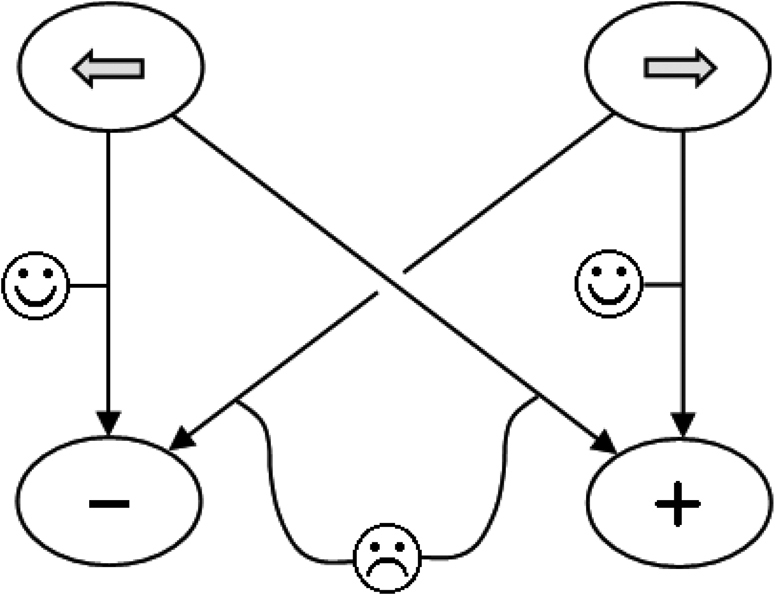Figure 4. Episodic memory that is built up by the defender-agent in Figure 3, if the attacker follows the static strategy to move one door to the left (right) after showing the symbol  (
( ).
).

The “emotion tags” at each of the transitions in the network indicate the associated feedback that is stored in the memory’s evaluation system. Informally, emotion tags can be seen as remembered rewards for previous actions. They help the agent to evaluate the result of a simulation and to translate it into real action. If a clip transition in the simulation leads subsequently to a rewarded action, the state of its tag is set (or confirmed) to  , and the transition probability in the next simulation is amplified. Otherwise the tag is set to
, and the transition probability in the next simulation is amplified. Otherwise the tag is set to  and the transition probability is attenuated (or simply not amplified).
and the transition probability is attenuated (or simply not amplified).
